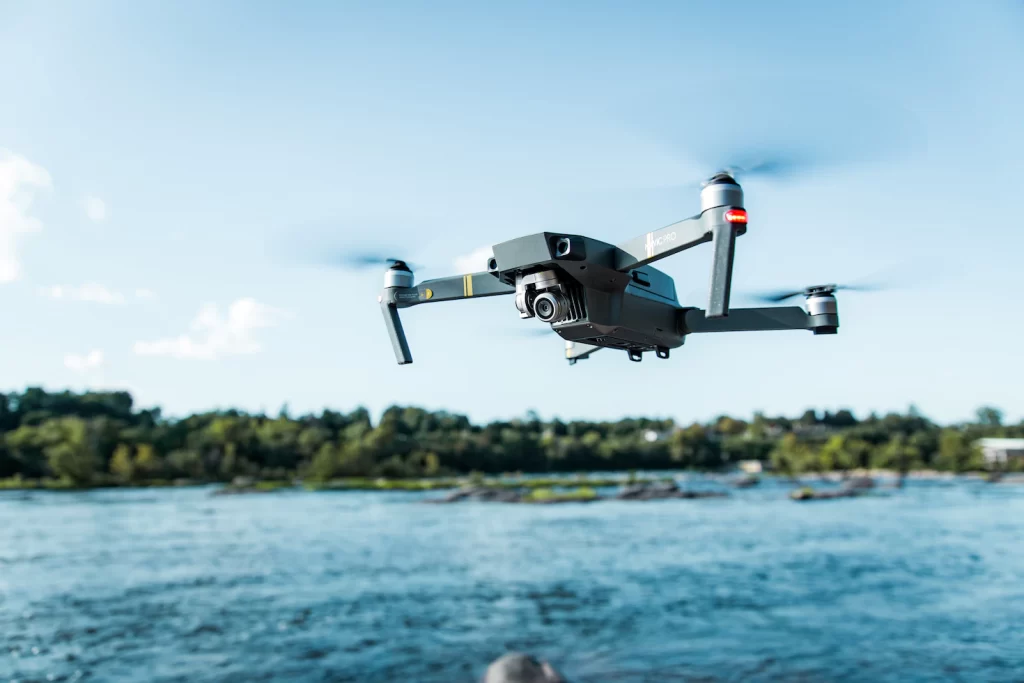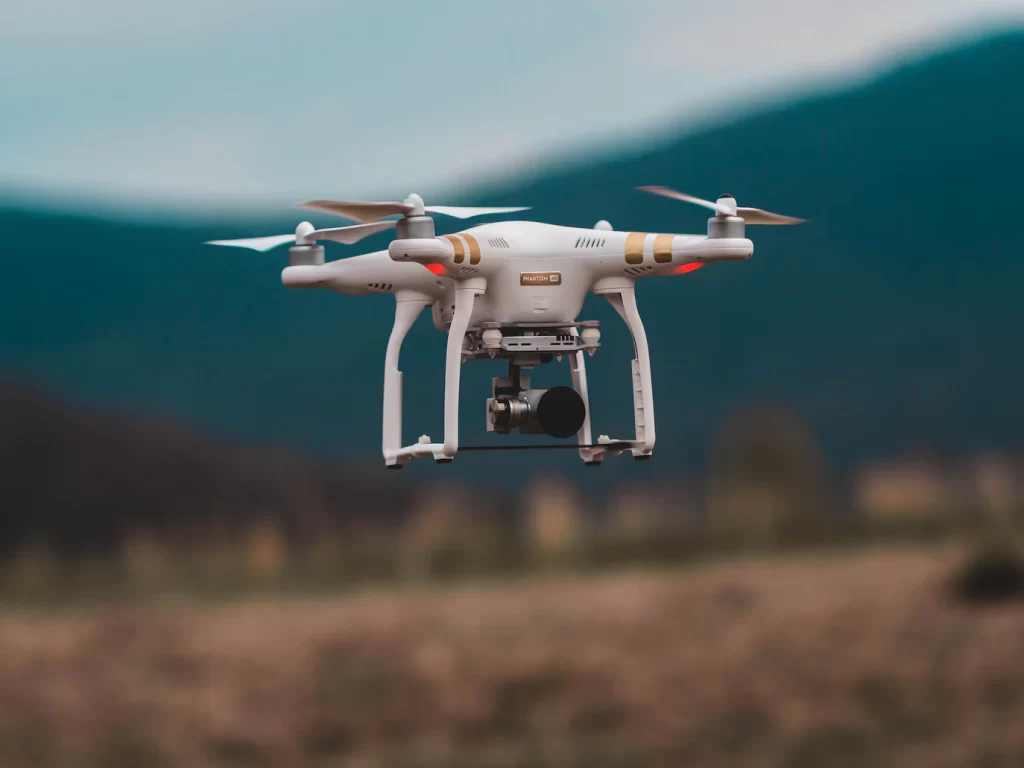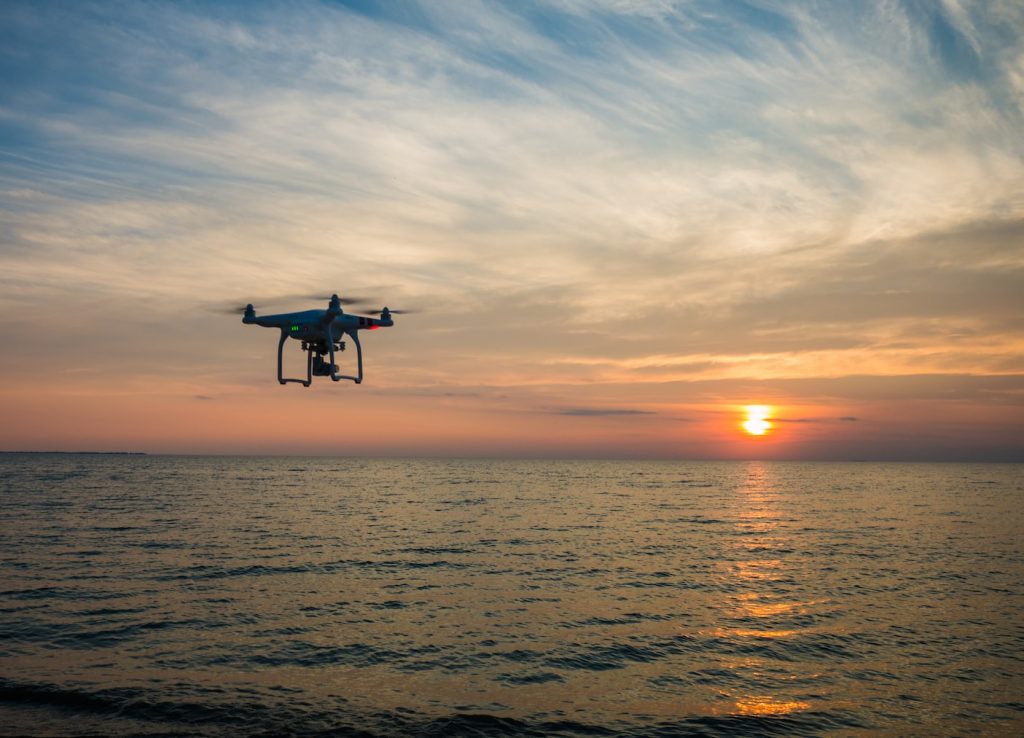Drones, also known as unmanned aircraft systems or unmanned aerial vehicles (UAVs), are remotely controlled. They can also be flown with the use of software-controlled flight plans. Popularly known for military use, drones are often used for information collection, anti-aircraft target practice, and arguably as weapons. Now, drones can be used for a variety of applications such as surveillance, firefighting, agriculture, search and rescue, delivery services, weather monitoring, traffic monitoring, photography, videography, and personal use.

What are the Different Types of Drones?
Fixed Wing Drones have a resemblance to normal airplanes. Rather than rotors, they lift through their wings, making them more efficient. These drones use fuel, so they can glide in the air for a longer period.
Single Rotor Drones look similar to tiny helicopters. They can be electric-powered or run on gas. With their single blade, these drones are capable of flying longer distances and are more stable. Multi-Rotor Drones are considered the lightest and smallest drones that are available on the market right now. Although they have limited speed, distance, and height, these drones are ideal for aerial photographers and enthusiasts

What Can Drones Offer to Filmmakers?
Drones can extend the perspective of cinematographers and filmmakers. Gliding over the river, zooming in to landscapes, focusing on one subject, and chasing fast cars are just some of the things that drones can offer to the world of the film industry. It is like viewing the Earth from the top.
Normally, scenes from TV shows or movies are shot from the actor’s point of view. But what if this limitation can be eliminated by expanding the viewer’s horizon? This is exactly what drones are for. Perhaps, you were impressed by the pool party scene from The Wolf of Wall Street or the motorbike chase from Skyfall. It’s because both of these scenes were shot with the use of drones.
With a camera on top, drones offer so much freedom which cannot be possible with any other camera devices. Steadicams, camera cranes, camera tracks, and other devices have their own physical limitations. Nowadays, filmmakers rely more on drones when creating shots that seem to be impossible to achieve.

The bird’s eye view or aerial perspective is always considered a “wow factor” in films. Although helicopters are large, they cannot provide the unique angles that drones can. Aerial shots can offer the audience a unique visual experience.
It is expected that the sales of drones will increase. Additionally, most of these drones will likely be used for recording, gaming, aerial filmmaking and photography. There are vast things that a drone can do. Although this is a relatively new technology, drones can offer great shots compared to ground cameras.
One of the best technologies embedded in drones is the gimbal. With this pivoted support, it allows the camera to tilt while the drone is flying, providing filmmakers with unique perspectives. It can take care of unnecessary movements including wind, vibration, and other things that could cause the camera to become unstable.
With the numerous things that drones can do, film directors are now considering using aerial perspective for their movies. Drones are not a trend anymore; it’s a necessity.

